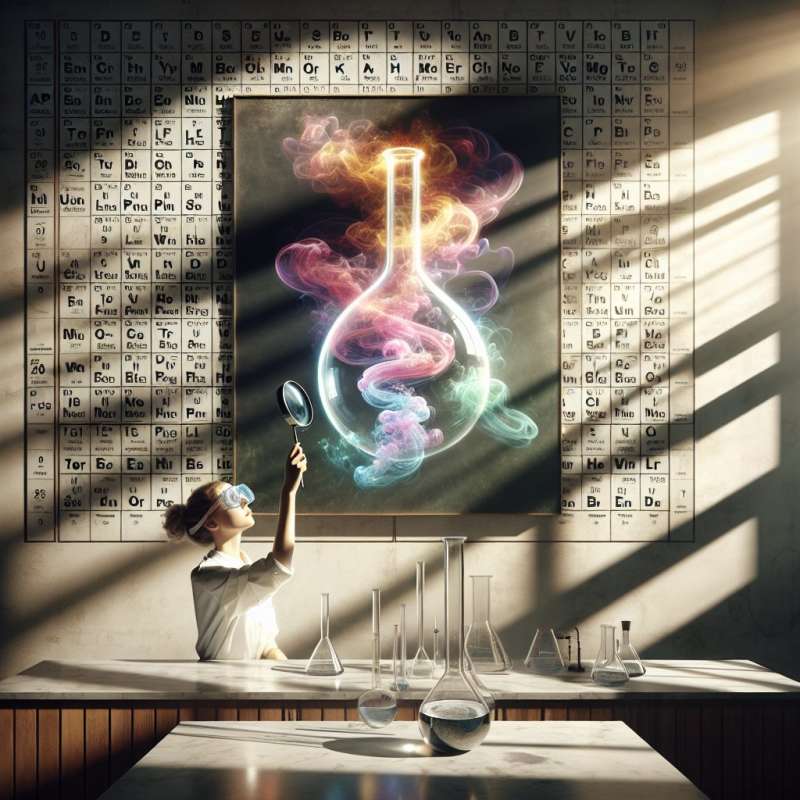
Chemistry: Matter and Elements
Chemistry is understanding matter—substances with mass and volume. Over 100 elements form all existing matter, defined by atomic number, not weight. Surprisingly, the element abundance in the universe doesn't match Earth's, with hydrogen being the most prevalent cosmically.
Atomic Structure Insights
Atoms, with dense nuclei and electron clouds, are often misportrayed as miniature solar systems. Quantum mechanics reveals a probabilistic electron placement, defying classic orbits. Intriguingly, 99.9% of an atom's volume is actually empty space.
Periodic Table Organization
The Periodic Table is an element map, grouped by properties. Mendeleev's 1869 design predicted undiscovered elements accurately. Astonishingly, the table's shape reflects electron configurations and even hints at chemical reactivity patterns.
Chemical Bonds Unveiled
Atoms bond to stabilize their electron configurations. Ionic bonds involve electron transfer, creating charged ions. Covalent bonds share electrons, and surprisingly, a single gram of hydrogen can theoretically produce enough bonds to surpass the sun’s mass.
Moles and Avogadro's Number
A mole is a unit to count atoms, based on carbon-12. Avogadro's number, 6.022 x 10^23, defines a mole. Fascinatingly, if you had a mole of pennies, you could cover Earth's surface a million times over.
Reaction Rates and Catalysts
Chemical reaction speeds vary. Catalysts speed them up without being consumed. Enzymes, biological catalysts, work with such precision that they're akin to molecular locksmiths, only fitting specific substrates, a fact that's crucial for life's processes.
Acids and Bases
Acids donate protons (H+), bases accept them. The pH scale measures their activity in solutions. Remarkably, pure water self-ionizes into equal numbers of H+ and OH- ions, creating a perfectly neutral pH of 7.
What defines an element's identity?
Atomic weight
Atomic number
Volume
Company